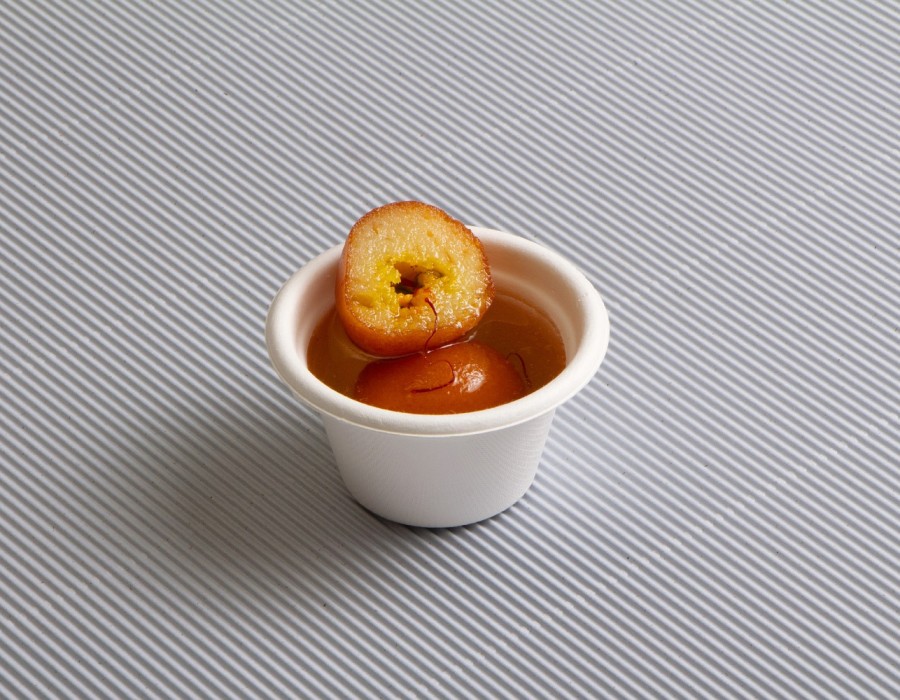Introduction
Sugarcane bowls, crafted from the fibrous by-product of sugarcane, have emerged as a versatile and eco-friendly alternative to traditional dining ware. Their strength and biodegradability make them a popular choice across various culinary contexts. This blog explores how sugarcane bowls are utilized in international cuisines, highlighting their adaptability and benefits.
Enhancing Presentation in Asian Cuisine
In Asian cuisines, sugarcane bowls offer both functionality and aesthetic appeal. Their natural, rustic appearance complements the vibrant colors and intricate presentation of dishes such as Thai curries, Japanese sushi, and Korean bibimbap. For instance, in Thai street food markets, sugarcane bowls are used to serve spicy noodle dishes and aromatic curries, adding an eco-conscious touch to the culinary experience. Their ability to handle both hot and cold foods without compromising integrity makes them ideal for diverse Asian dishes.
Versatility in Mediterranean Dishes
Mediterranean cuisine, known for its emphasis on fresh ingredients and robust flavors, benefits from the use of sugarcane bowls. These bowls are used to serve a variety of dishes, from Greek salads and Moroccan tagines to Italian pasta and Spanish tapas. The sturdy nature of sugarcane bowls ensures they can handle hearty Mediterranean meals, while their biodegradable properties align with the region’s growing sustainability trends. Their elegant design enhances the presentation of Mediterranean dishes, making them a favored choice for both casual and upscale dining settings.
Embracing Sustainability in Latin American Cuisine
Latin American cuisine, with its rich and diverse flavors, increasingly incorporates sugarcane bowls to reflect a commitment to sustainability. From serving Brazilian feijoada and Mexican enchiladas to Argentine empanadas, sugarcane bowls provide a practical and eco-friendly solution for various Latin American dishes. The use of these bowls not only supports environmental goals but also adds a unique touch to the dining experience, appealing to eco-conscious diners.
Sugarcane Bowls in Fusion Cuisine
Fusion cuisine, which blends elements from different culinary traditions, finds a versatile partner in sugarcane bowls. Chefs use these bowls to present innovative dishes that combine ingredients and techniques from multiple cultures. Whether it’s a sushi burrito with a side of Mediterranean hummus or a spicy Thai pad thai with Latin-inspired salsa, sugarcane bowls offer the durability and style needed to showcase creative fusion dishes. Their adaptability makes them an ideal choice for restaurants and food festivals that celebrate culinary experimentation.
Conclusion
Sugarcane bowls have proven their versatility across a wide range of international cuisines. Their ability to enhance food presentation while supporting sustainability goals makes them a valuable addition to dining settings worldwide. As more chefs and restaurants embrace eco-friendly practices, sugarcane bowls are likely to become an integral part of global culinary experiences, offering both environmental benefits and aesthetic appeal.





Comments